Here’s the difference between a pool pump and motor
Ok, hear me out. This topic may be on the little shallow end in terms of depth of discussion but for new pool owners, this subject can be confusing. I have worked at Inyo for years and if I had a nickel for every time a caller described a motor as a pool pump or a pool pump as a motor I would have $20,483.15 (probably not an accurate count.) But you get my meaning. It happens a great deal and the miscommunication can cause frustration for both the customer and the technician, so I am here to clear it up.
This topic idea came from one of our technicians because it is a consistent misstep that is easily avoided by knowing simple terminology. The source of the issue arises when a customer states he or she needs a 1 horsepower pump, which sends our tech down a path scanning suitable choices for pumps and matching it to their plumbing needs. The whole process can take five, fifteen or thirty minutes – it all depends on the information on hand. All things are going smoothly until we provide the part number and the customer sees it is a whole pump instead of the pump (electric motor) they were looking for. And then the process starts all over again, following a long sigh from both sides of the phone.
To start, let’s take it slow and just give you a photo comparison:
This is a pump.
And this is a motor.
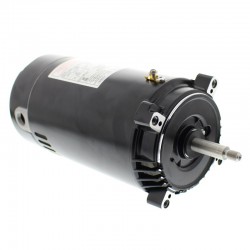
Again, pump.
Motor.
The Pump
The pump is an assembly made of two separate parts, the wet end and the electric motor. The wet end’s outer component is the housing which is essentially the hull of the pump; it holds all the inner components and the motor bolts to it. The guts of the pump are made up of gaskets, impellers, diffusers, and strainer baskets. All these parts make up the wet end but without something to drive these parts, they are merely pieces of well-formed plastic. The part that makes it come to life is the motor.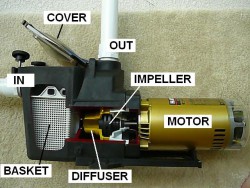
The Motor
The electric motor is the driving force behind the wet end of the pump, literally and figuratively. The pump’s shaft spins up to 3,450 revolutions per minute to turn the impeller to draw water from your pool and then push it through your filter and back to the pool. The motor is a cylindrical steel enclosure, usually black but sometimes gold or almond-colored, bolted to the back end of the wet end.
Motors come in three varieties: single, dual, and variable speeds; the latter allows for the most flexibility in terms of pump scheduling and additional water features. The variable speed also provides the most long term savings as it burns less electricity on lower RPM settings and motors can last 3 to 5 times longer than the average life of a single or dual speed motor. Single and dual speed motors are the standard in the industry for now but variable is gaining in popularity. Variable speed motors and newer dual speed motors are made with an attached timer which allows the user to directly program scheduled times into the motor.
A side note, part of the confusion of “pump or motor” comes from not understanding the motor label but we have thought of that too. Read our How to Read a Motor Label guide to get a better understanding of your pump.
Thank you for reading this blog and if you have any questions about your pool pump or motor, please do not hesitate to leave a comment below.
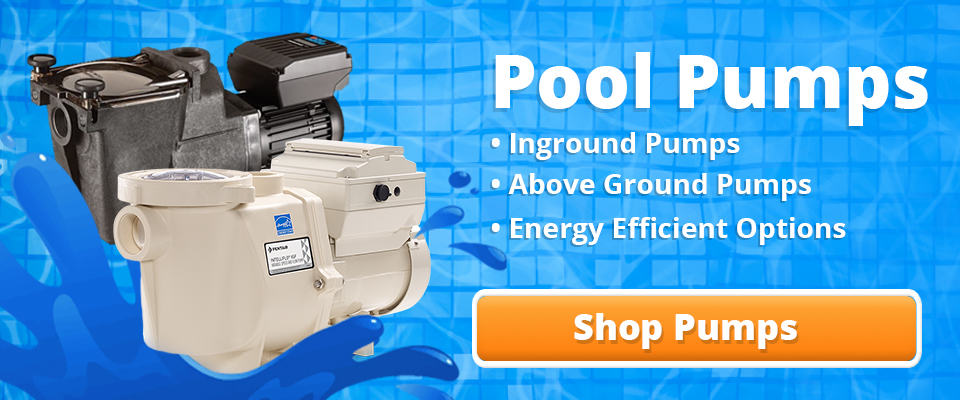
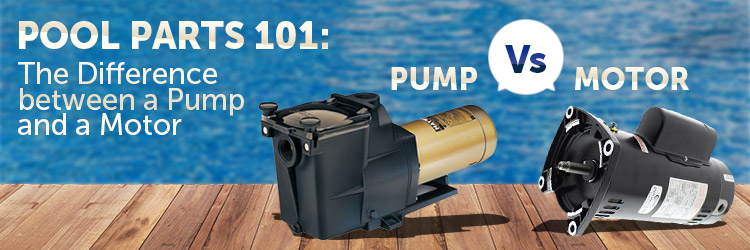
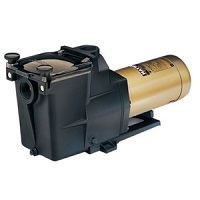
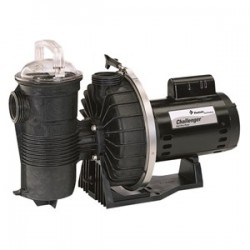
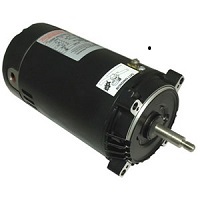
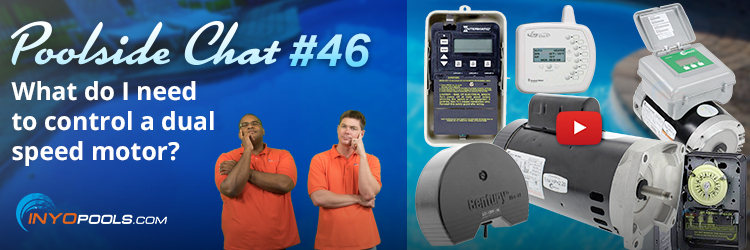
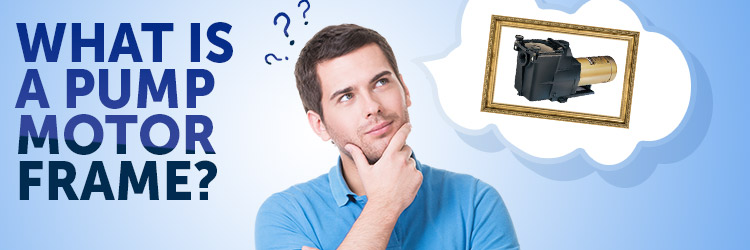
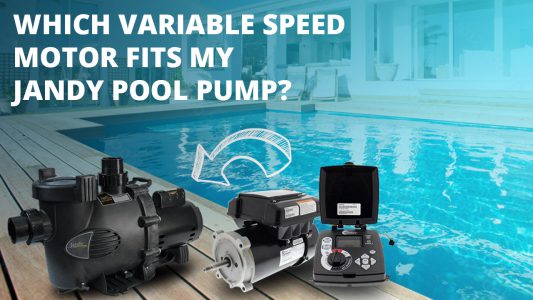







I I want to decrease my electricity bill , what do I replace ? A pump or a motor? The available calculations online, using Volts, amps , HP and my electricity for electricity cost don’t make any sense.
The answer is both.
The part of the pump which uses electricity is the motor; so changing the motor or the whole pump for a more efficient model will increase efficiency.
Hey Matthew, this is spectacular and FYI when I Googled “what is the difference between the pool pump and the pool motor” your terrific article came up.
So I have a US Motor 1081 that’s dying a slow death. Can I replace it with a more modern motor from a different brand name or do I have to stick with US Motor as a replacement?
Thank you.US Motor is the manufacturer and 1081 is the category of the motor; motors designed for pool and spa pump applications are categorized as type 1081. You can replace a 1081 US Motor model with an Emerson 1081, or Century-Magnetek 1081 as long as the Total Horsepower, Frame, and Voltage specs are compatible.
For example, an Emerson EUST1102 can be replaced by a Century UST1102, but not a Century B853 because the latter uses square flange instead of a round.
Hello Simmons,
We have a 4 year old pool. The pump stopped working because the motor died. The pump works well.
VSSHP270AUT 2.7HP VS EPUMP – JANDY
We received a $2,100 estimate to replace the entire pump. We were told that replacing just the motor costs 2,000 therefore, its better to replace the pump and the motor.
Our electrician told us to buy the motor and he will install it. How much is just the motor? Where we can buy it from? What do you think?
Thank you!
The replacement motor for the VSSHP270AUT Jandy ePump is the Jandy Zodiac JEP 2.0 E-Pump Variable Speed Replacement Motor 2.7 HP w/ Drive – Gen II – R0562201
Great info, thanks
Is there any gasket between the motor and pool pump .I have a new pump and it was shipped without any gasket
If your new pump is leaking then it is defective and you need to get it replaced by the company you purchased it from. If it is not leaking then you do not have a problem.
The owner’s manual that came with the pump should have a parts listing that can help you figure out which, if any, parts are missing.
I Wore out my computer operator. Wife`
KNOW THE MOTOR AND PUMP NOMENCLATURE
i NEED TO FIND A MOTORSHOP. TO REPLACE A WORK IMPELLER.
so the sand thing is totally different?
The sand thing is the filter, which is a different unit than the pump.
You have the monopoly on useful intoemafion-arrn’t monopolies illegal? 😉
so does Hayward make a motor
You can buy Hayward branded motors, but they are actually made by Century. Look at this tag for an example, it has Hayward’s name and logo in bold at the bottom, but you can see they hide Century’s name at the top right. I’m not sure why they do it.
I bought an AO Smith motor B2853 and the impellar does not work.
I need to find out what impellar works!
Simple and very helpful-thanks!
very good,thanks